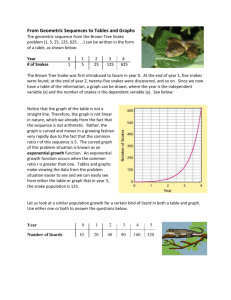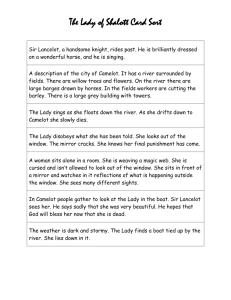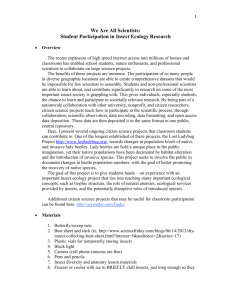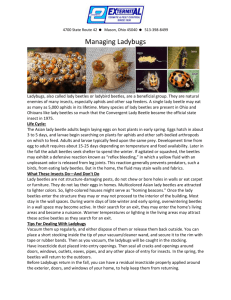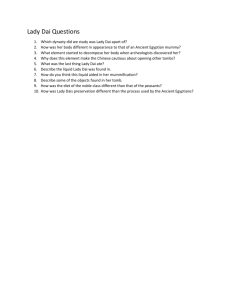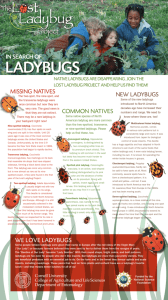Are you experiencing Lady Bug problems
advertisement
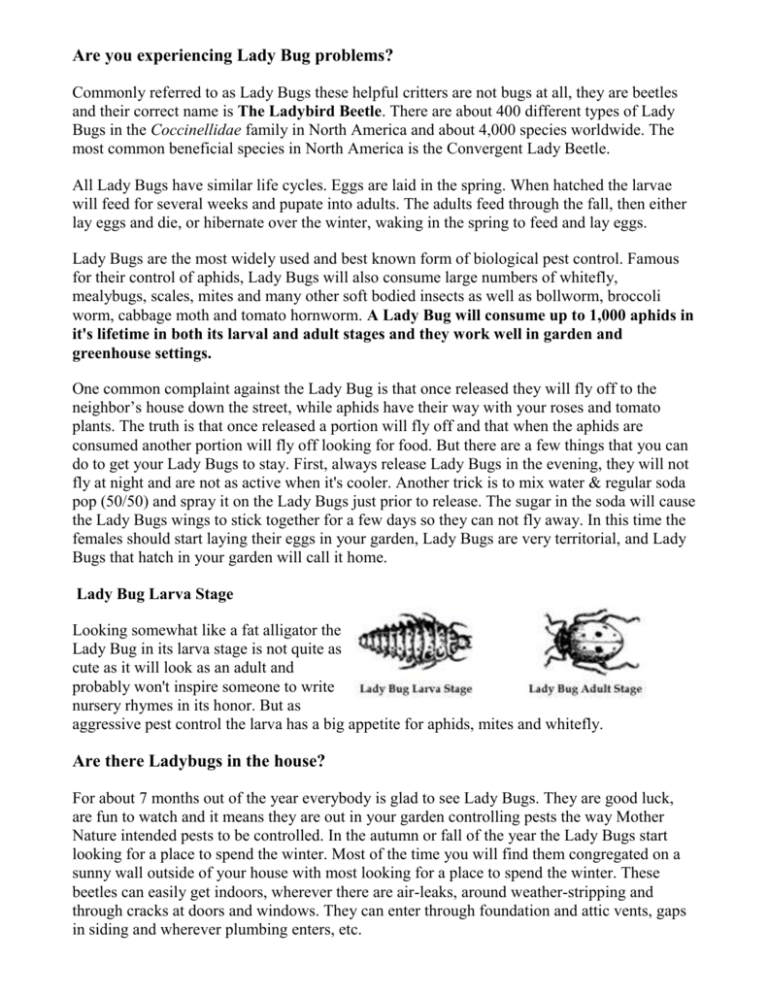
Are you experiencing Lady Bug problems? Commonly referred to as Lady Bugs these helpful critters are not bugs at all, they are beetles and their correct name is The Ladybird Beetle. There are about 400 different types of Lady Bugs in the Coccinellidae family in North America and about 4,000 species worldwide. The most common beneficial species in North America is the Convergent Lady Beetle. All Lady Bugs have similar life cycles. Eggs are laid in the spring. When hatched the larvae will feed for several weeks and pupate into adults. The adults feed through the fall, then either lay eggs and die, or hibernate over the winter, waking in the spring to feed and lay eggs. Lady Bugs are the most widely used and best known form of biological pest control. Famous for their control of aphids, Lady Bugs will also consume large numbers of whitefly, mealybugs, scales, mites and many other soft bodied insects as well as bollworm, broccoli worm, cabbage moth and tomato hornworm. A Lady Bug will consume up to 1,000 aphids in it's lifetime in both its larval and adult stages and they work well in garden and greenhouse settings. One common complaint against the Lady Bug is that once released they will fly off to the neighbor’s house down the street, while aphids have their way with your roses and tomato plants. The truth is that once released a portion will fly off and that when the aphids are consumed another portion will fly off looking for food. But there are a few things that you can do to get your Lady Bugs to stay. First, always release Lady Bugs in the evening, they will not fly at night and are not as active when it's cooler. Another trick is to mix water & regular soda pop (50/50) and spray it on the Lady Bugs just prior to release. The sugar in the soda will cause the Lady Bugs wings to stick together for a few days so they can not fly away. In this time the females should start laying their eggs in your garden, Lady Bugs are very territorial, and Lady Bugs that hatch in your garden will call it home. Lady Bug Larva Stage Looking somewhat like a fat alligator the Lady Bug in its larva stage is not quite as cute as it will look as an adult and probably won't inspire someone to write nursery rhymes in its honor. But as aggressive pest control the larva has a big appetite for aphids, mites and whitefly. Are there Ladybugs in the house? For about 7 months out of the year everybody is glad to see Lady Bugs. They are good luck, are fun to watch and it means they are out in your garden controlling pests the way Mother Nature intended pests to be controlled. In the autumn or fall of the year the Lady Bugs start looking for a place to spend the winter. Most of the time you will find them congregated on a sunny wall outside of your house with most looking for a place to spend the winter. These beetles can easily get indoors, wherever there are air-leaks, around weather-stripping and through cracks at doors and windows. They can enter through foundation and attic vents, gaps in siding and wherever plumbing enters, etc. If you have Lady Beetles entering your home this winter season, the species concerning you is most probably (Harmonia axyridis), the multi-colored Asian Lady Beetle (aka Japanese Ladybug). These beetles are pretty easily distinguished because they generally have 19 spots on their back and when noticed in your home often come in large numbers or appear on the outside wall of your home. The convergent lady beetle (Hippodamia convergens) is most often what is sold for garden aphid and pest control, this type of lady beetle will not invade houses. There are many theories as to why ladybugs choose one house over another, color, location, and plants in the garden or how the house faces the sun. None of that really matters; you just want them out of the house. The Japanese Lady Bug or Asian Lady Beetle is not harmful to humans. They are very annoying, invading the house, buzzing around your head. While they don't bite or sting, they often give you a good "pinch" as they test out your skin looking for aphids. If the Asian Lady Beetle is crushed, a noxious, but harmless odor results; the stink comes from a scientific habit known as reflex bleeding. When the insect is disturbed, it can expel a smelly, yellowish liquid from the area where the leg joins the body. The insect uses the liquid to ward off predators because it tastes as bad as it smells. So, when we touch a ladybug it sometimes responds as if we were a predator and squirts us with the ladybug equivalent of mace and can leave a yellowish stain. Contrary to popular belief there is no evidence that the beetles are attracted by the smell of a crushed beetle. They are more attracted to light than smell. To attract them to a certain area inside, place slices of fresh apple in infested areas. This usually will bring many of them down from ceilings and walls. Replace with fresh slices every 4-7 days or whenever needed. Other folks have found that by leaving one light on in the house that the lady beetles will eventually congregate to that area. Take a nylon stocking and stuff it down the hose attachment of your vacuum cleaner leaving enough to twist a rubber band around the top end of the stocking and the vacuum hose, and then vacuum the ladybugs up, the nylon saves the ladybugs from getting chopped up. You can also use a Dust-Buster or sweep them up with a dust pan and wiskbroom. Please keep in mind that if the beetles are crushed a rather noxious smell will result, so it is best to relocate them rather than kill them. Release them in another area, give them to a friend with a green house, or put them in a breathable container in the refrigerator until spring. Ladybugs collected now will hibernate until mid spring between 33°F and 40°F (if your milk doesn't freeze or spoil over-night the ladybugs will do just fine.) The cold sends them into Diapause or insect-hibernation. Even a mesh-covered bucket in the corner of the garage will do. Do this every time you see a ladybug, it may be a pregnant female and this would be a very good insect to be released in your garden in the spring. If the problem is ladybugs outside -spray them with the garden hose or blow them with a leaf blower; upsetting them helps with the urge to move on. It may take awhile but eventually you will get the upper hand, the more ladybugs you have the longer it may take. Some Ladybug Species Twenty-two spotted ladybug Thea 22-punctata This minuscule ladybug does not eat aphids, it is a vegetarian hungry for mildew. If you have perennial phlox, a plant prone to heavy, late-summer mildew infestations, look beneath the affected leaves and you are sure to find this ladybug despite its camouflage colours. Fourteen spotted ladybug Propylea 14-punctata This small ladybug is always a saturated yellow with an attractive checkerboard pattern, as its spots are squarish and tend to join up at the corners. Cream-spotted ladybug Calvia quattuordecimguttata The cream-spotted ladybug beetle occurs in waves. It forages mostly in the tree tops, but will sometimes come down to our level in large numbers to be seen amongst shrubbery of sunflowers, then suddenly disappear back in the trees. Two-spotted ladybug Adalia bipunctata Once very common in North America, the two-spotted ladybug has been noticeably displaced by the introduced Asian Ladybug and Seven-spotted ladybug. It is now only occasionally found in meadows, fields, and gardens, and may hibernate in company of other species. Three-banded ladybug Coccinella trifasciata This attractive ladybug is yellow during the summer of its birth. After the first hibernation, the elytra turn a deep red, and the bands are highlighted with a cream-colored halo. Convergent Ladybug Hippodamia convergens The name "convergent" refers to the two convergent lines on its thoracic shield. This ladybug is very common in the Southwest, and is often found feeding on the mustard-yellow aphids that infest milkweed. Twelve-spotted ladybug Coleomegilla maculata This quick-footed ladybug is an oval beetle with distinctive magenta elytra with bold spots. When aphids or mites are scarce, the insect will feed on the abundant pollen of plants such as corn, sunflowers or dandelions. It is believed that pollen makes up 50% of this ladybug's diet. It is very susceptible to parasitic wasps. Seven-spotted ladybug Coccinella septempunctata Several attempts were made to introduce this European beetle to North America for the biological control of aphids, successfully in New Jersey in the early 1970's. Like the Asian ladybug, it is a voracious aphid predator and has caused a reduction in the number of native beetles throughout the East. Asian ladybug Harmonia axyridis This large introduced species reproduces at a phenomenal rate and consumes large quantities of aphids. It is extremely variable in its appearance, boldly spotted (left) or completely spotless (right), and everything in between. Insects that have not yet over-wintered are orange in color, while the older insects are intensely red.

